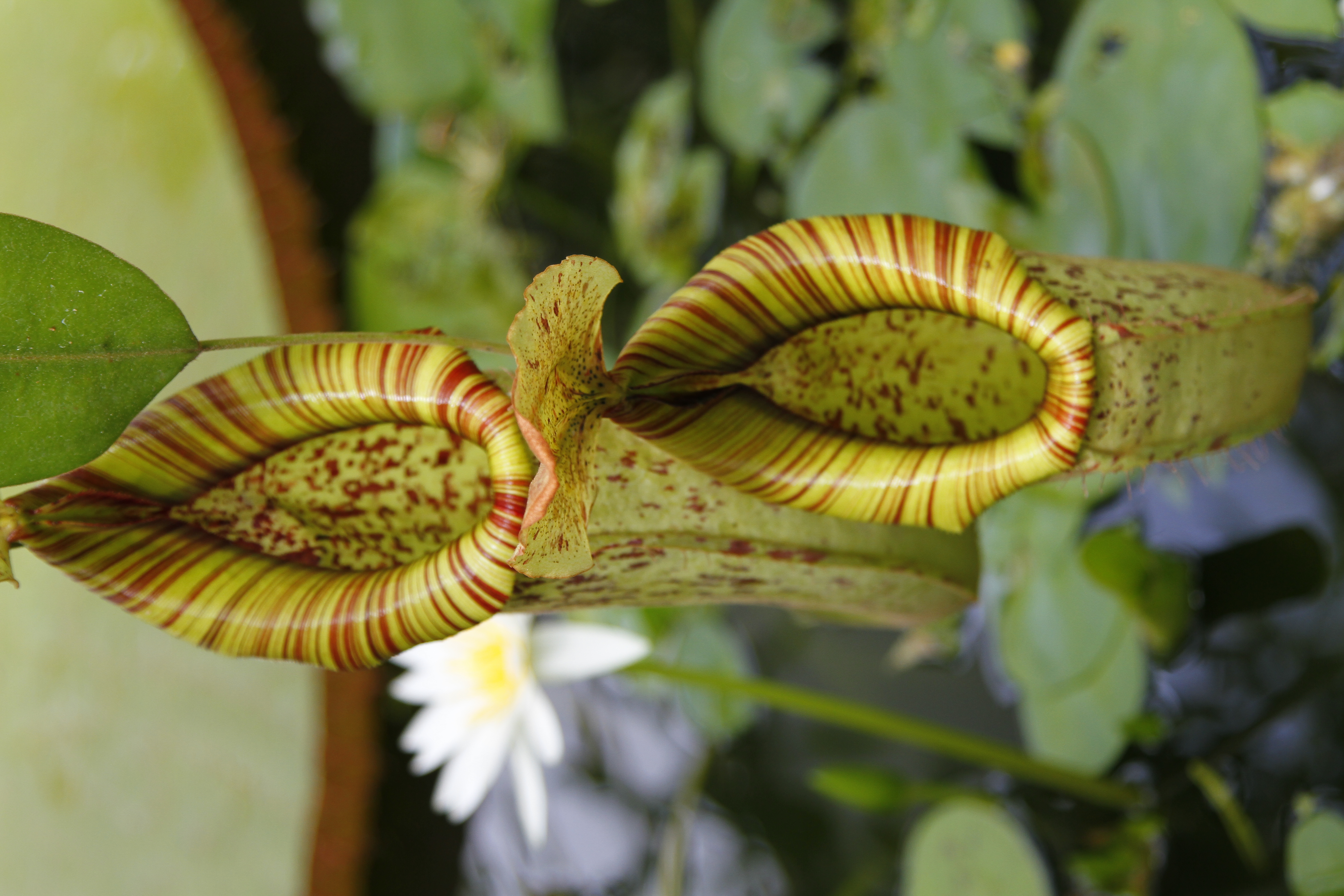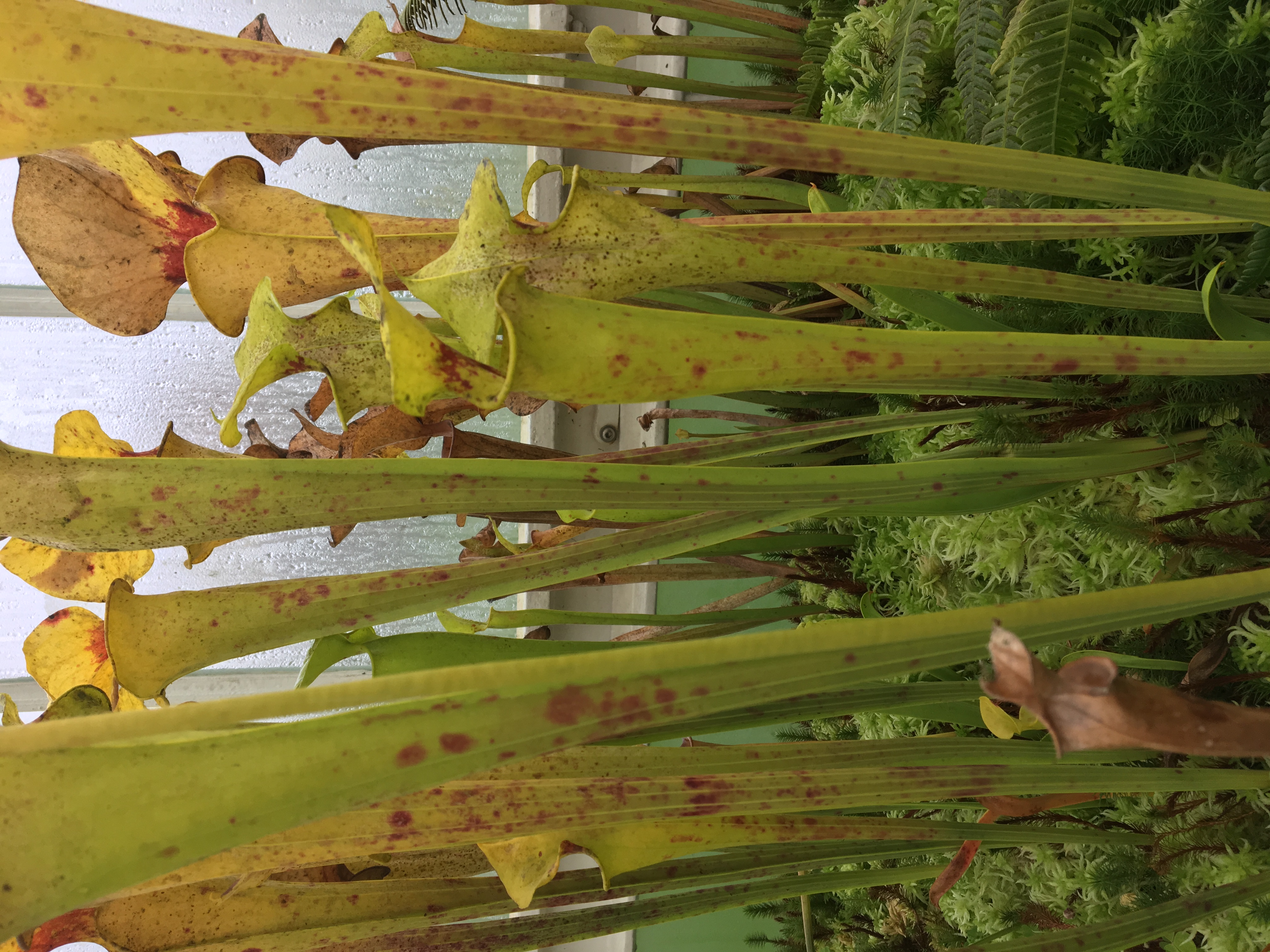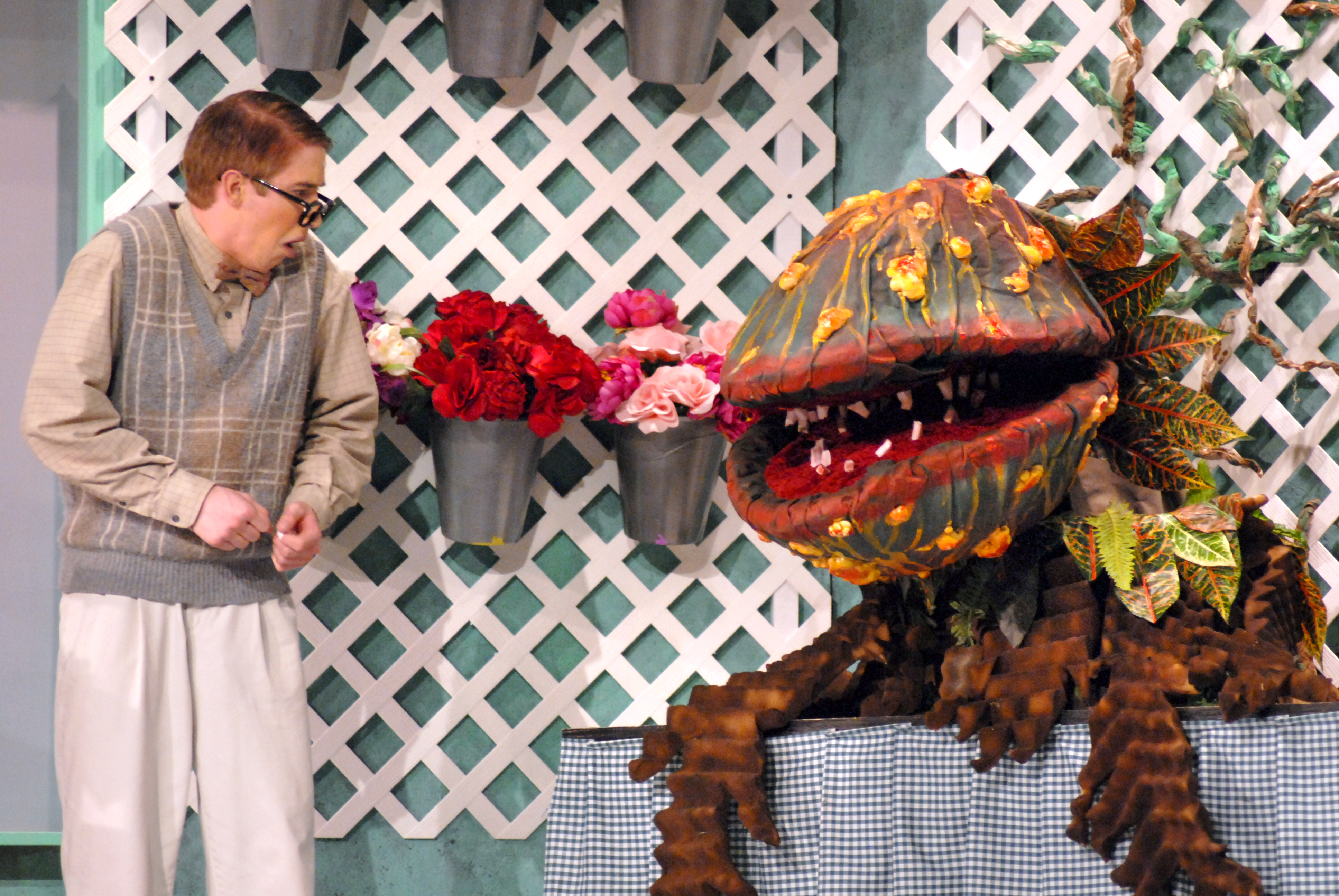Why don't Venus flytraps eat their pollinators?
The carnivorous plants are disappearing, so scientists need to understand their symbiosis with insects
Björn S... / Flickr
Ever since their discovery in 1768, Venus flytraps have fascinated botanists and laymen alike. Charles Darwin was so fascinated by carnivorous plants in general that he wrote an entire book about them, in which he singled out the Venus flytrap among plants as “one of the most wonderful in the world.”
We’ve learned a lot about this peculiar species since Darwin’s time, including how the traps work, the types of insects it eats, and how it lures insects to their ultimate demise. But carnivorous plants (some 600-odd species worldwide) have a unique problem: how to get insects to pollinate their flowers without eating them all first, a catch-22 known as pollinator-prey conflict. And with as much as we’ve learned about Venus flytraps over the past few centuries, up until now, we still didn’t know what insects pollinate their flowers.
That's odd given the number of studies conducted on the species. It's even more peculiar when you consider that there have been studies in other carnivorous plants that suggest there's a difference between the organisms that pollinate their flowers and those that the plants consume.

Pitcher plants
Percita / Flickr
In 2016, this became a pressing question when a group of scientists wrote a petition to have the Venus flytrap federally listed as endangered; in order to protect it, it would be critical to know what insects were essential for its survival so that they could potentially be protected as well. A team of researchers from North Carolina State University set out to answer just this question and found that, with amazing consistency, Venus flytraps don’t eat their pollinators.
Plants of unusual tastes
Bogs and seepage swamps are perhaps some of the most inhospitable places to live in the world. Starting out as lakes, ponds, or seeps (where groundwater reaches the surface), they’re slowly overrun by peat moss (sphagnum), blurring the boundary between land and water. As more sphagnum accumulates, the streams and rivulets that once allowed water in and out of the ecosystem are clogged, and the water becomes stagnant.
This starts a chain reaction in which levels of dissolved oxygen plummet, killing fish, bacteria, and fungi, and causing the plant debris they once degraded to accumulate, further exacerbating the problem. The nutrients that would otherwise be returned to the environment are locked up in this dead plant material, creating poor, acidic soils.

More pitcher plants
digitaltemi / Flickr
Most plants are unable to cope with such anemic conditions, but a few species have come up with a simple, if somewhat macabre, solution: since they can’t get nutrients from the soil, they get it by consuming prey, in a variety of astounding ways.
Pitcher plants have hollow leaves that produce nectar to lure insects inside, after which they are slowly digested by enzymes secreted by the plant. Bladderworts are aquatic plants that produce hollow traps underwater. In order to catch prey, they suction water out of the traps, creating negative pressure within. When a small animal touches the hairs lining the trap, it triggers a small flap to open, sucking the unsuspecting prey inside in a fraction of a second. Still others, like sundews, produce sticky, glandular hairs on the surface of their leaves that ensnare the insects that walk over them. Venus flytraps, however, are one of only two species in the world with a trap that clenches its prey (the other species is the closely related and visually mesmerizing waterwheel plant).
A delicate palate
Venus flytraps are native only to a 90-mile stretch of coast in North and South Carolina, making them a rare commodity. They’re especially prone to poachers, who scour the few preserves the plants can be found in, collecting the them to sell on the equivalent of the black market for plants, rather than put in the work to grow their own stocks from seed (you can buy them legally in most places where plants are sold). The team from NC State, led by research associate and science writer Elsa Youngsteadt, visited three of these sites, where they meticulously collected all the insects they could find in the vicinity of the flytraps, including those that had already been captured by the traps but hadn't yet been digested. Then came the arduous task of identifying each insect and determining which ones had Venus flytrap pollen on them, a job that included swabbing each insect with a gelled tip, making several hundred pollen slides from those samples, and staring at them under a microscope for hours.
Surprisingly, Venus flytraps attracted a diverse array of pollinators (up to 64 different species), a much larger number than their closest relatives, the sundews. Ultimately, bees and beetles proved to be the biggest pollinators of Venus flytrap flowers, while ants and beetles proved to be the most commonly consumed. But even among the beetles, there was very little overlap between the species that visited flowers and those that were found in traps. In total, only 32 percent of the prey species had pollen on them, and only 14 percent of the pollinators were found in traps. With only one exception, the 10 most common pollinators never fell prey to the plant. Additional studies undertaken on sundews and pitcher plants show similar results.

Less discriminating flora
So how exactly do plants "know" to eat some insects but spare others? In the case of Venus flytraps, there are likely two important mechanisms. Flytraps produce small white or pink flowers supported vertically on a pendulous stalk several centimeters above the gaping traps. This arrangement allows for flying insects to safely obtain nectar, while those insects relegated to the ground are more often in danger’s way.
But many carnivorous plants, including flytraps, also have a brilliant flush of red coloring on the leaves. There’s evidence from sundews to suggest pollinators are not nearly as attracted to the color red as they are to the UV coloration of flowers. Interestingly enough, though, flytraps have been shown to turn red when they lack nitrogen, which is when they need to eat the most, meaning the insects that serve as a food source might be attracted to the color red, unlike those insects that strictly visit the flowers.
The problem is, there’s virtually no empirical data supporting either of these hypotheses in flytraps, meaning scientists have their work cut out for them. For now, the secret behind flytraps’ refined palates remains a pleasant mystery.
Peer Commentary
Feedback and follow-up from other members of our community
Jenny Howard
Ecology
Wake Forest University
I got a chance to observe Venus flytraps in the wild last summer, and I am still amazed at how they manage to survive in those boggy ecosystems. This piece is really cool because identifying the species that pollinate the flytraps seems like such a basic (and important) question, yet it hadn’t been done until this study. I would love to learn more about the pollination mechanisms you discuss: have researchers manipulated the intensity of the red on the leaves and/or added UV paint to see how that affects the number and diversity of species that visit as pollinators versus prey?